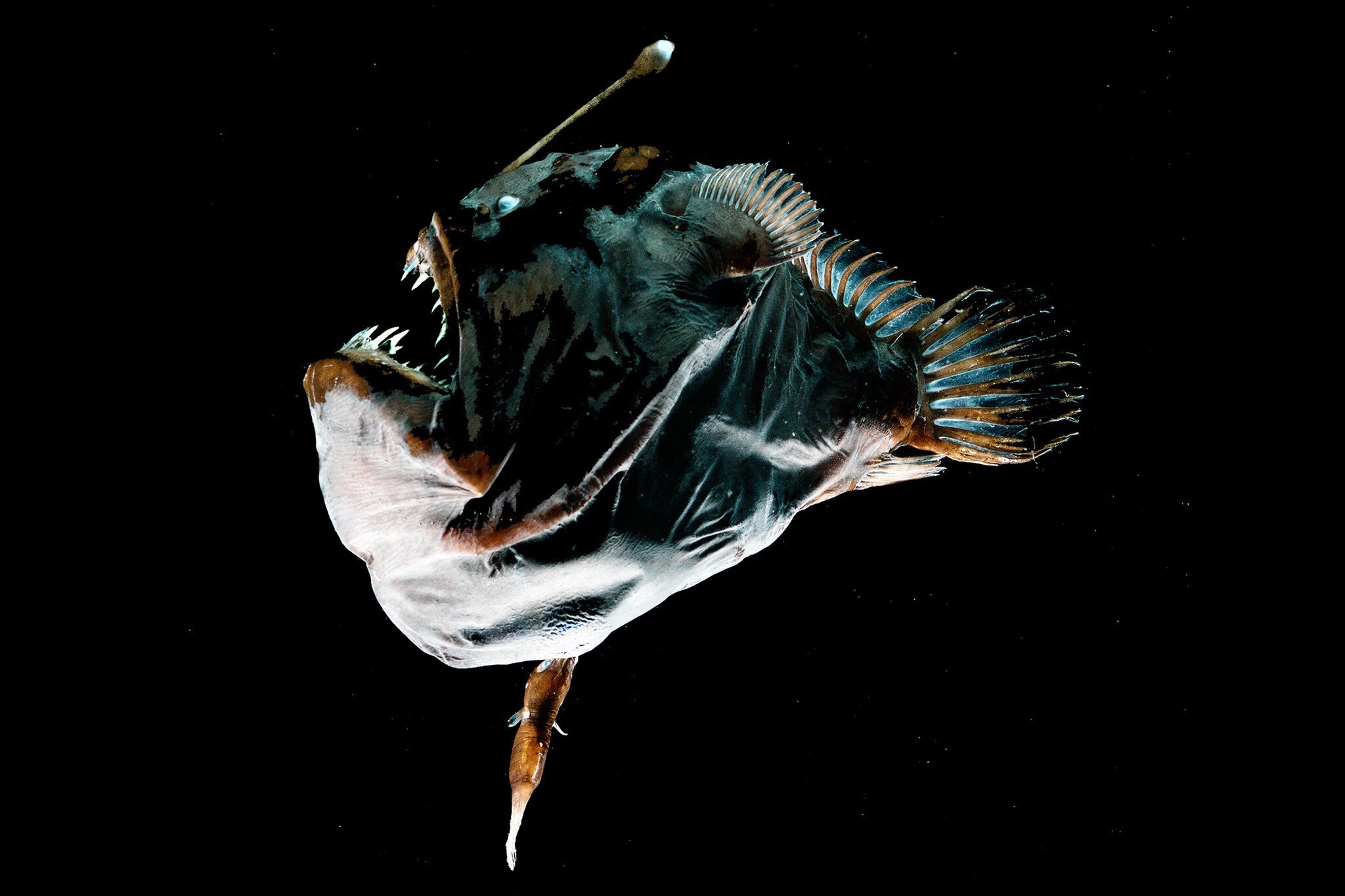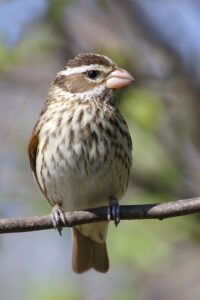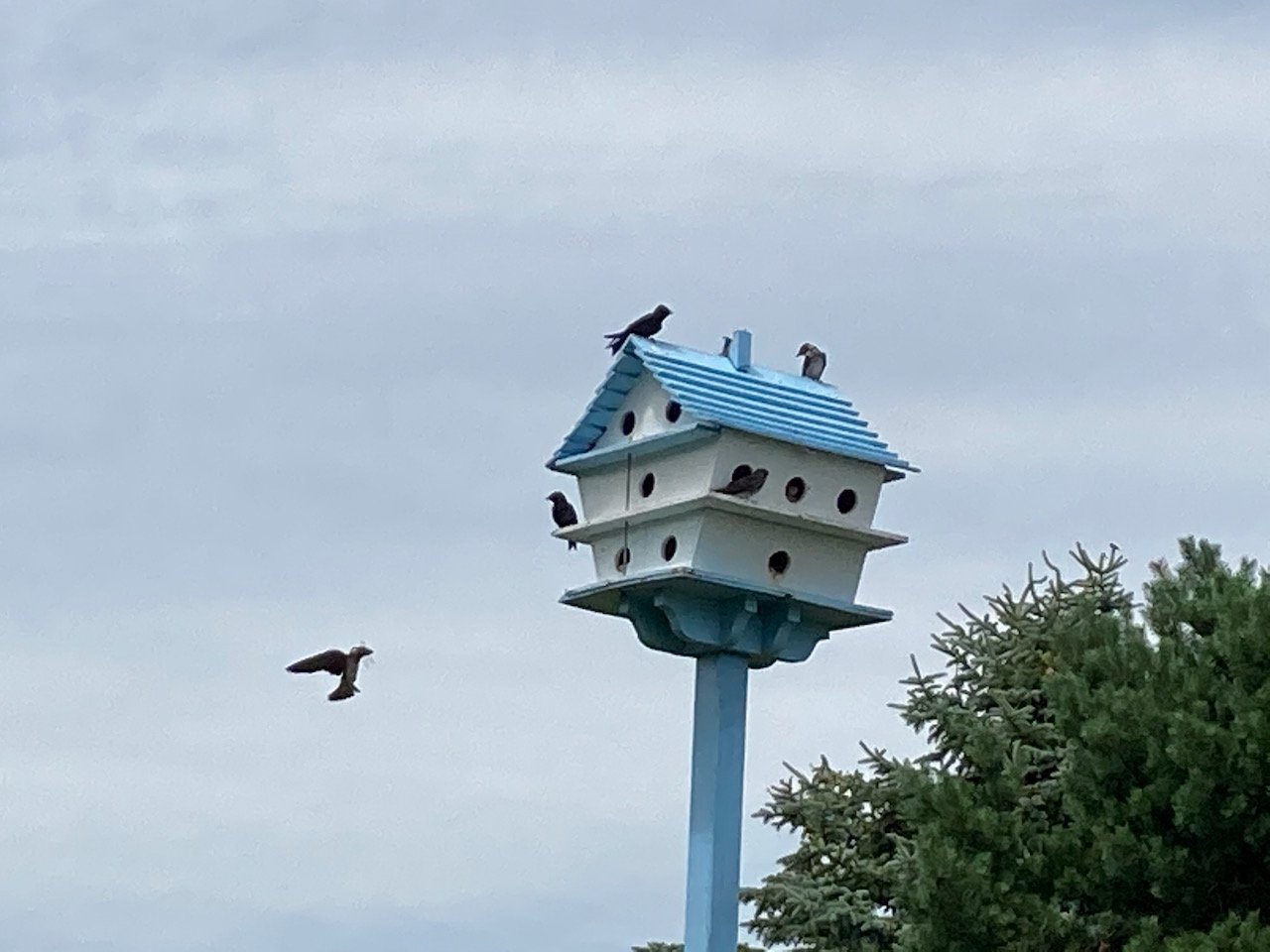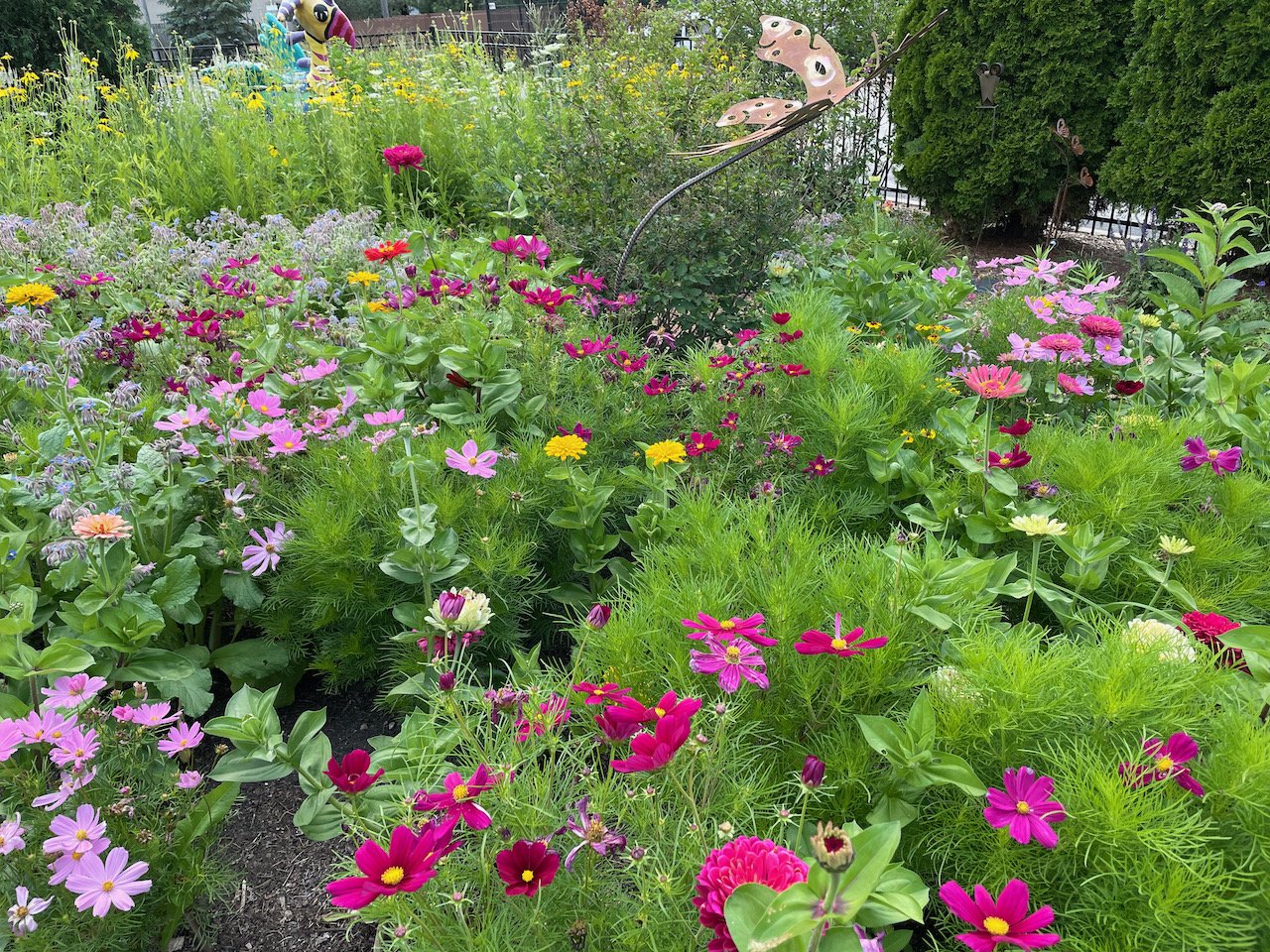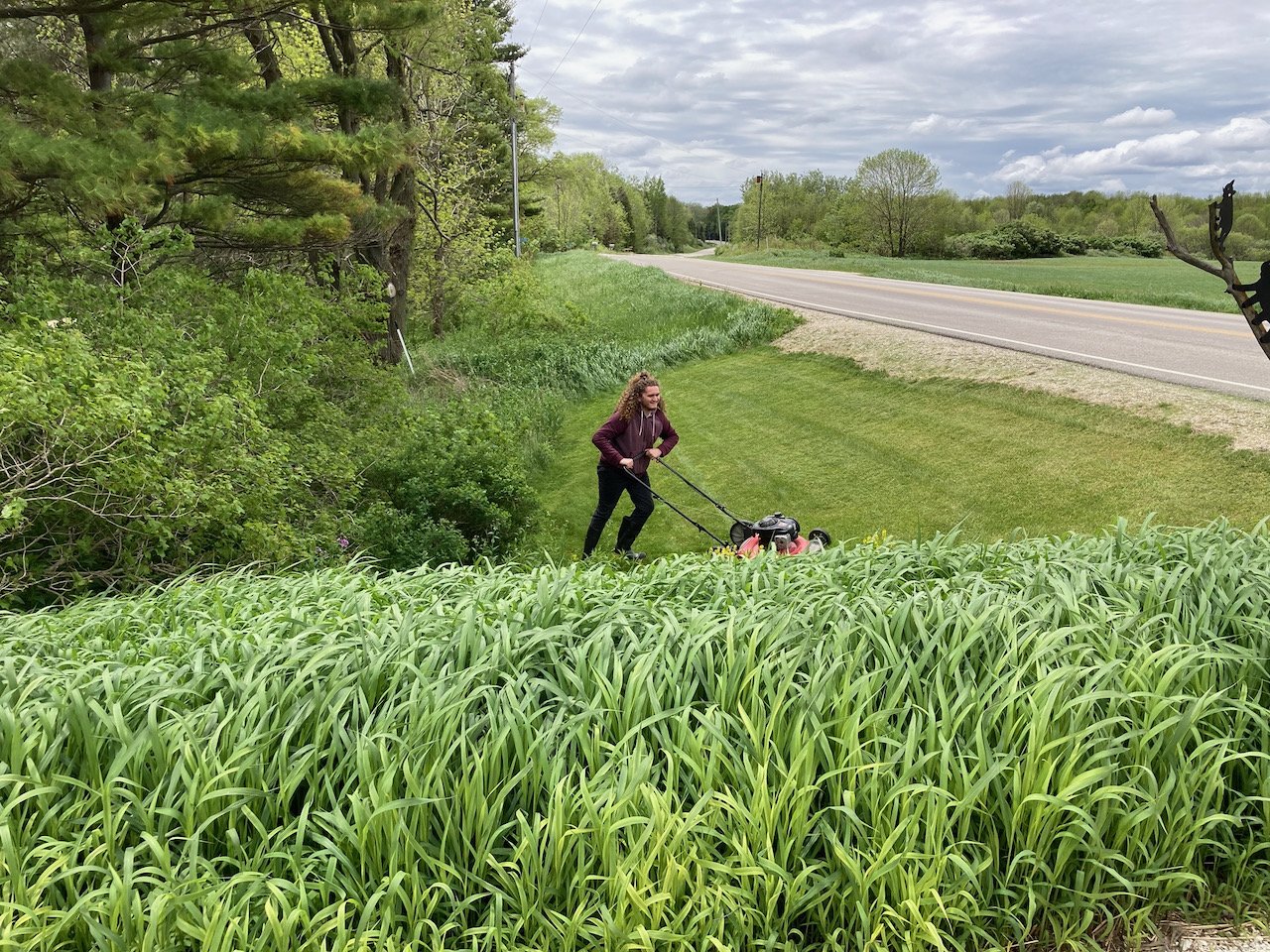An extreme example of dimorphism occurred in one of our bird feeders yesterday. Mr. and Mrs. Grosbeak both landed simultaneously to have lunch. Anyone not versed in bird species would never guess that these two were mates. Dad is a striking black and white with a flaming scarlet dickie. Mom looks like a brown sparrow with a weight problem.
The dictionary defines dimorphism as “the differences in appearance between males and females of the same species, such as color, shape, size and structure. The word is from the Greek “di” (two) and “morpho” (form or shape).
Many species of birds are dimorphic, and it’s the gentlemen who are the eye-catching ones. This is not to give bird-watchers a thrill: it’s all about luring a mate. Cardinals and orioles are obvious examples. The goldfinches are as well until the mating season ends. Then the boys molt their brilliant yellow feathers for drab winter apparel.
Although we humans are not an example of extreme dimorphism, other mammals do fall into that category. Lions may be the first to come to mind, but elephant seals probably should get the trophy. The guys are a whopping five times bigger than the girls, and they have bulbous noses to help them make loud roars when courting.
Dimorphism in insects is common as well, with the females often being substantially larger than the males. It’s theorized that the ladies need the body mass to hold all the eggs they produce.
However, a fish probably displays the most bizarre of all the dimorphic variants. The midnight zone anglerfish is 60 times the length and half a million times the weight of her male. She has small eyes and a long lure ending in a light that projects out of her head. The teensy male has big eyes and a well-developed sense of smell. These features help him find his true love in the basement of the ocean. He then attaches his body to hers, tapes into her circulatory system and stays there for the rest of his life. This process is known as sexual dimorphic parasitism. For all my female friends out there, it is best not to think about this too much.
